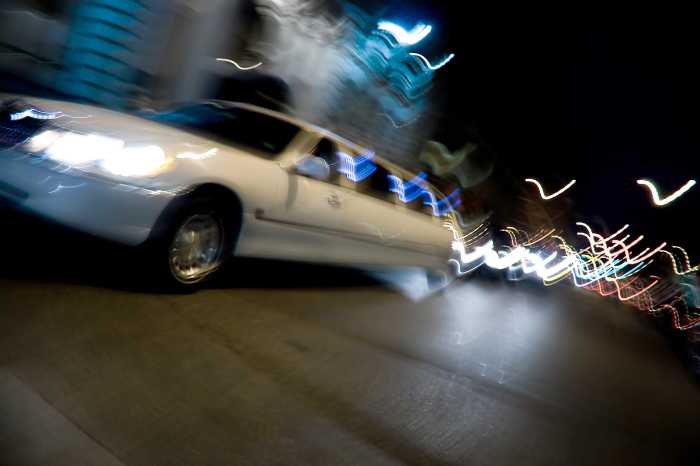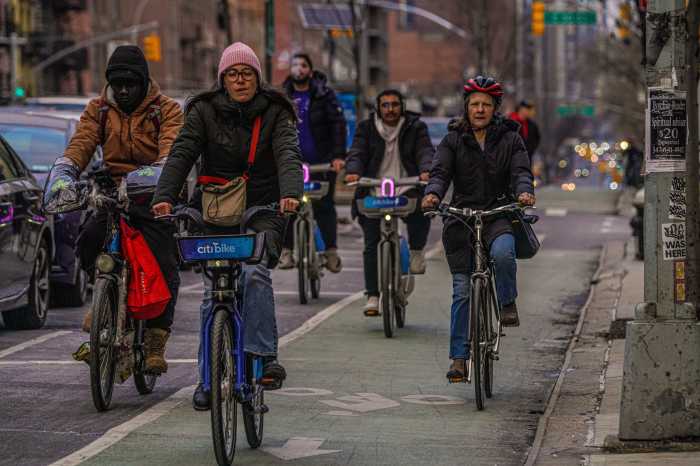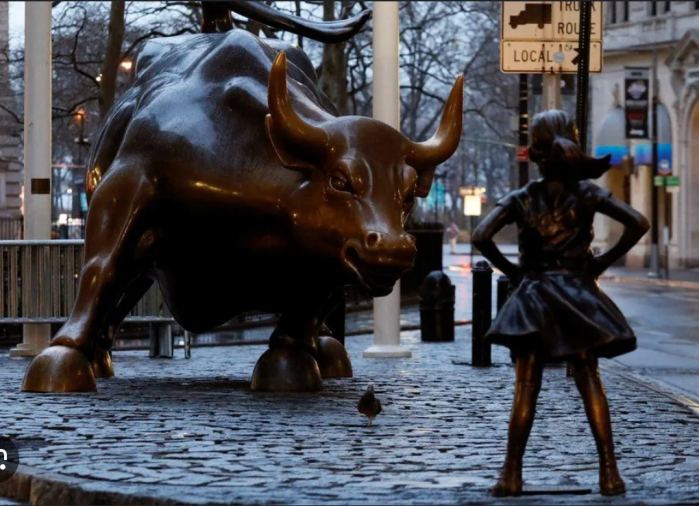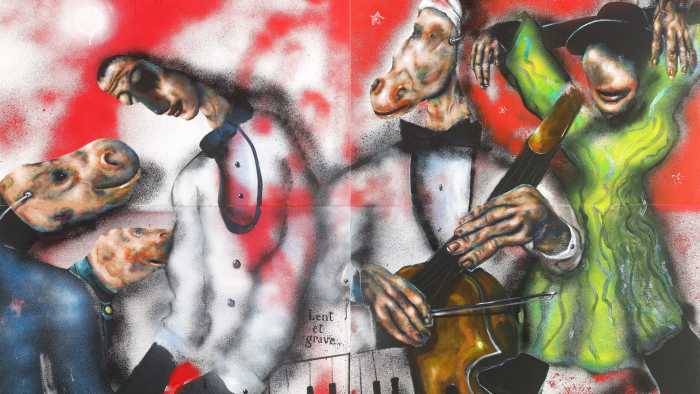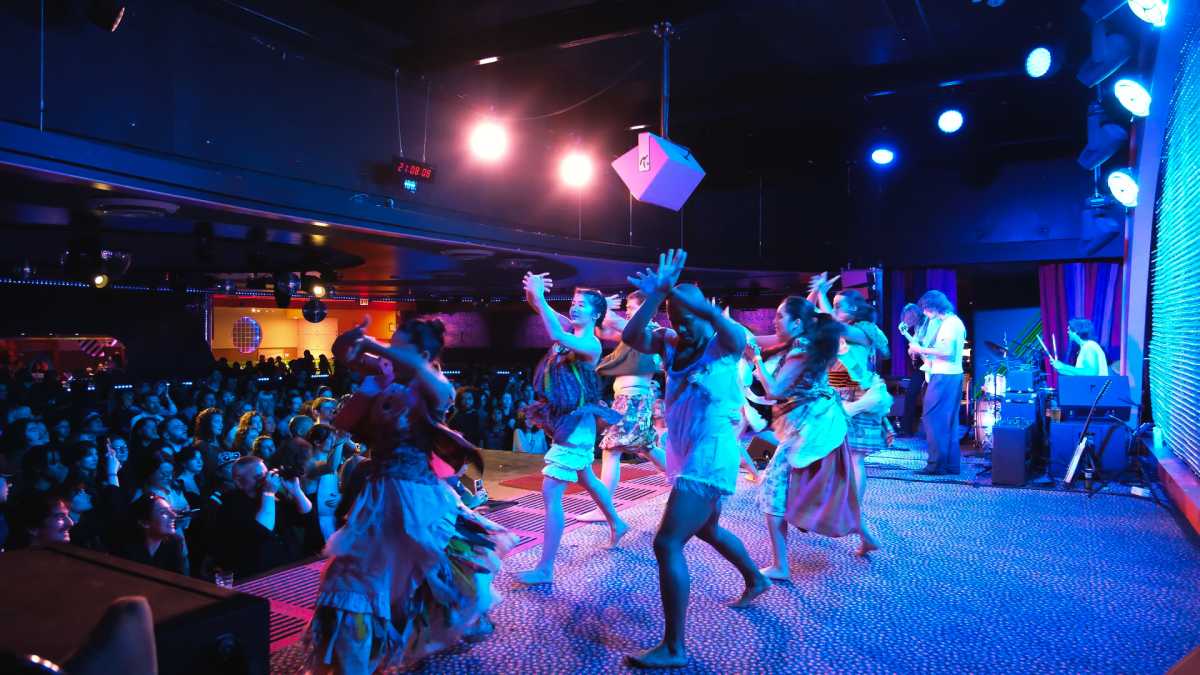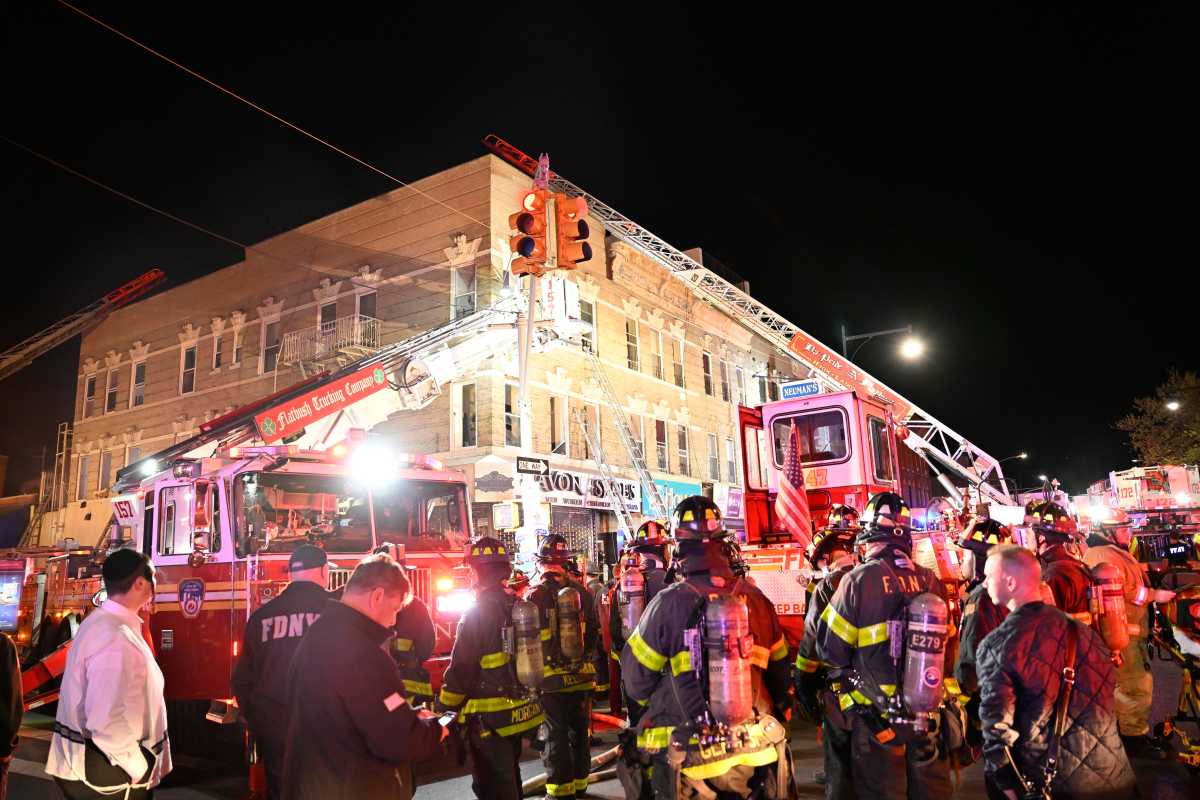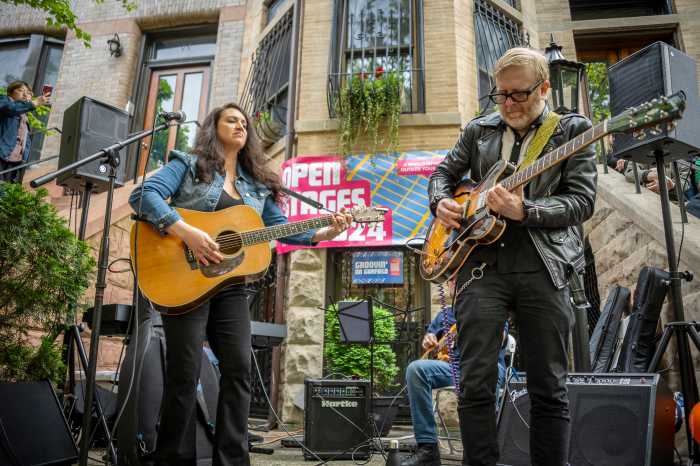In its war to stop fare evasion in the Big Apple, the MTA announced plans Monday to install new delayed emergency exit portals at more than 150 subway stations throughout the system.
The state-run agency, along with Gov. Kathy Hochul, said the new entries aim to stop fare evasion at emergency exits, which they often call a “superhighway” for people looking to get around paying the required subway fare of $2.90.
When a passenger pushes open the exit gate to leave the station, other riders sometimes enter for free, many of whom might have otherwise paid the fare, hence the ‘superhighway’ moniker.
Delayed egress gates operate on a 15-second delay before opening. This aims to discourage riders from beating the fare by entering an emergency door that has just opened from inside the station.
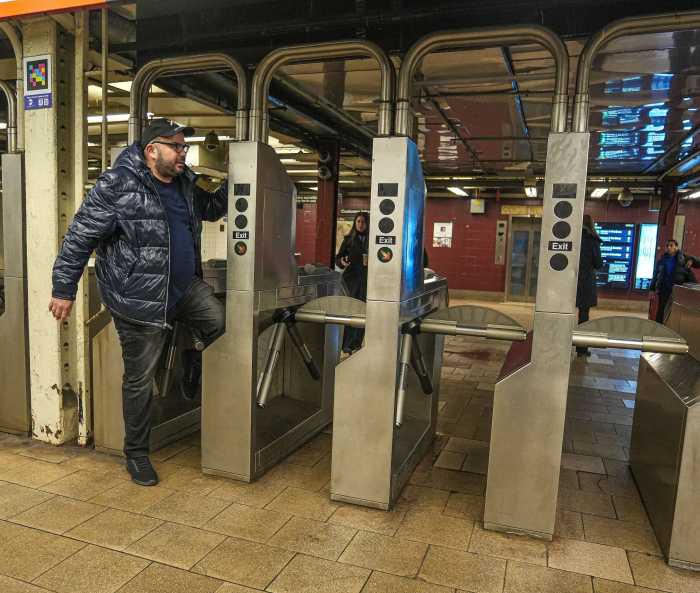
Delayed egress gates are already operating at over 70 of the subway system’s 472 stations. The agency said it received clearance for all applicable fire codes to implement the mechanism.
Fare evasion drops, revenue soaring
The plans were announced just as the MTA reported a significant 30% decrease in subway fare evasion from the second quarter of 2024 to the first quarter of 2025.
The agency reported that fare revenue is up 67% compared to 2021 due to increased ridership and efforts to combat fare evasion. Over the last two years, the MTA has implemented a series of measures to reduce fare evasion centered around equity, education, enforcement, and the environment.
For example, turnstile jumping was reduced by 60% in stations where turnstile sleeves and fins were installed earlier this year.
With 40% of the MTA’s operating budget coming from fares and tolls, fare compliance directly impacts the agency’s ability to run the system. With multiple anti-fare evasion strategies, total fare revenue is trending up, reaching $5 billion for 2024 and increasing by $322 million from 2023.
“These numbers show that our comprehensive strategy to combat fare and toll evasion is working and system users and taxpayers are benefitting,” Hochul said. “We will continue to use all the tools at our disposal — including increased enforcement efforts and new infrastructure — to prevent fare evasion, hold perpetrators accountable and keep these numbers trending in the right direction.”
Changing the gates
Meanwhile, the MTA is continuing its plan to redesign its subway turnstiles. After the agency asked for information from vendors interested in handling the redesign in 2023, four potential companies are now under consideration.

The MTA shortlisted Conduent, Cubic, Scheidt and Bachmann, and STraffic as potential vendors for installing more modern fare gates for the system. Come fall, MTA officials will start testing gates from these vendors in select stations before choosing a winning design.
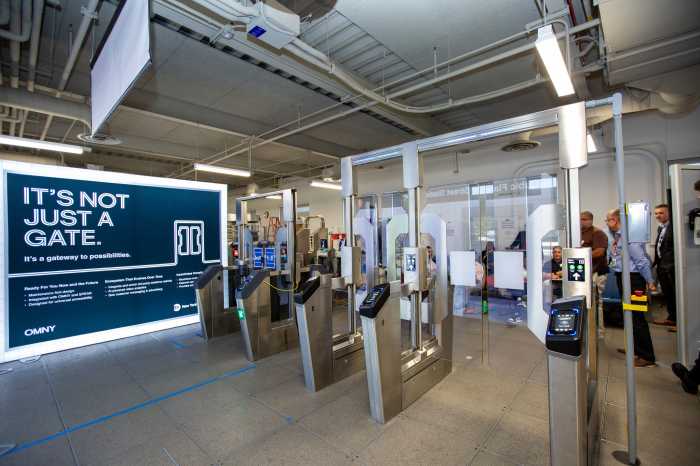
“For the last two years, we’ve been attacking fare and toll evasion from all angles, hardening the system against fare beaters, simplifying fare payment, raising awareness about discounted fares and, yes, doing more enforcement,” MTA Chair and CEO Janno Lieber said. “Now those efforts are yielding positive results that will grow even more with the new modern fare gates that are coming.”
Gates from each of the four vendors will be installed at five locations for a total of 20 stations, including Atlantic Ave.-Barclays Center, 14 St.-Union Square, 42 St.-Port Authority Bus Terminal, Delancey St.-Essex St., Nostrand Ave., Crown Heights-Utica Ave, Jackson Heights-Roosevelt Ave. and Forest Hills-71 Ave.




